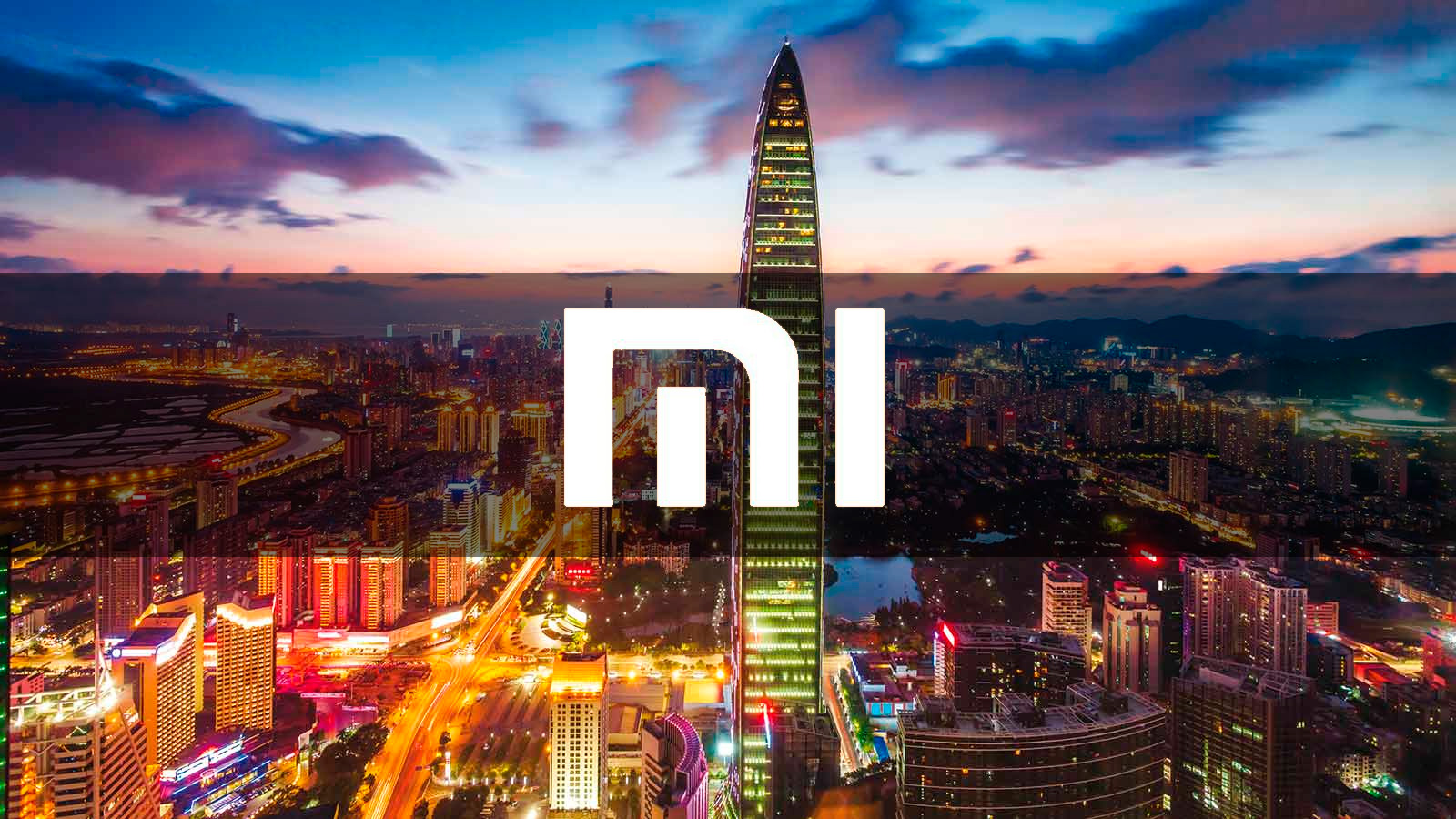



Xiaomi is the best-selling brand in Spain, which has had enormous growth in the market in recent years. A week after Trump leaves the government in the United States, his administration surprises with a bombshell. Xiaomi becomes one of the Chinese companies within the list of restricted companies.
This new Entity List, which is how the list is called, was announced yesterday. In this new edition of the list we find the well-known Chinese phone brand. It is not yet a veto like the one that Huawei suffers, but its inclusion in this list could be a first step.
What about Huawei after the US elections?After the elections that have been carried out in the United States, several scenarios are opened for Huawei, although we do not know which one will end up happening.
The Entity List specifies the foreign companies that can trade seamlessly with US companies. This means that the American government has the power to veto the importation of products that the companies included in said list. In addition, it can also block the commercial exchange of American companies with those banned or restricted firms. The Trump administration has long had Chinese companies in the spotlight.
The reality is that there are two Entity Lists in the United States, one belonging to the Department of Defense and the other to the Department of Commerce. In this case, Xiaomi has been included in the Defense list, which does not prevent the normal commercialization of the firm’s products, but rather limits investments. In fact, as of November this year, American companies will not be able to invest in the Chinese manufacturer.
Huawei is on both lists, both Defense and Commerce. This means
that US companies cannot invest in or trade with the manufacturer, unless they have obtained some special permission or license from the government. The consequence in his case has been not being able to use components to continue manufacturing his Kirin processors or not being able to use Google software on his mobiles.
Fortunately, Xiaomi will be able to continue using Android on your phones as before, so your business shouldn’t be as dramatically impacted as Huawei. In the event that the United States includes the manufacturer in the second list, then they would be forced to stop using Android.
A spokesperson for the firm has said the following about the situation:
The Company has complied with the law and has operated in accordance with the relevant laws and regulations of the jurisdictions where it does business. Xiaomi launches products and services for civil and commercial use and confirms that they are not owned or controlled by or affiliated with the Chinese military, and is not a “Chinese Communist Military Company” defined under the NDAA. They are currently reviewing the consequences of this decision for the group and will take action on it. When necessary it will react with more data.
Meanwhile, they may continue to sell products in the United States, where they don’t sell their smartphones, but they sell other devices. This situation will not change at the moment, so its presence in the American market should not change, since the brand does not sell phones in this country.
The United States entry blocks Xiaomi: differences with the Huawei case appears first in The Free Android.
Exploring the Top 5 Voice AI Alternatives: What Sets Them Apart?
How iGaming Platforms Ensure Seamless Integration of Casino Games and Sports Betting?
The Rise of Spatial Computing: Evolution of Human-Computer Interaction
Data Loss on Windows? Here's How Windows Recovery Software Can Help
Integrating Widgets Seamlessly: Tips for Smooth Implementation and Functionality